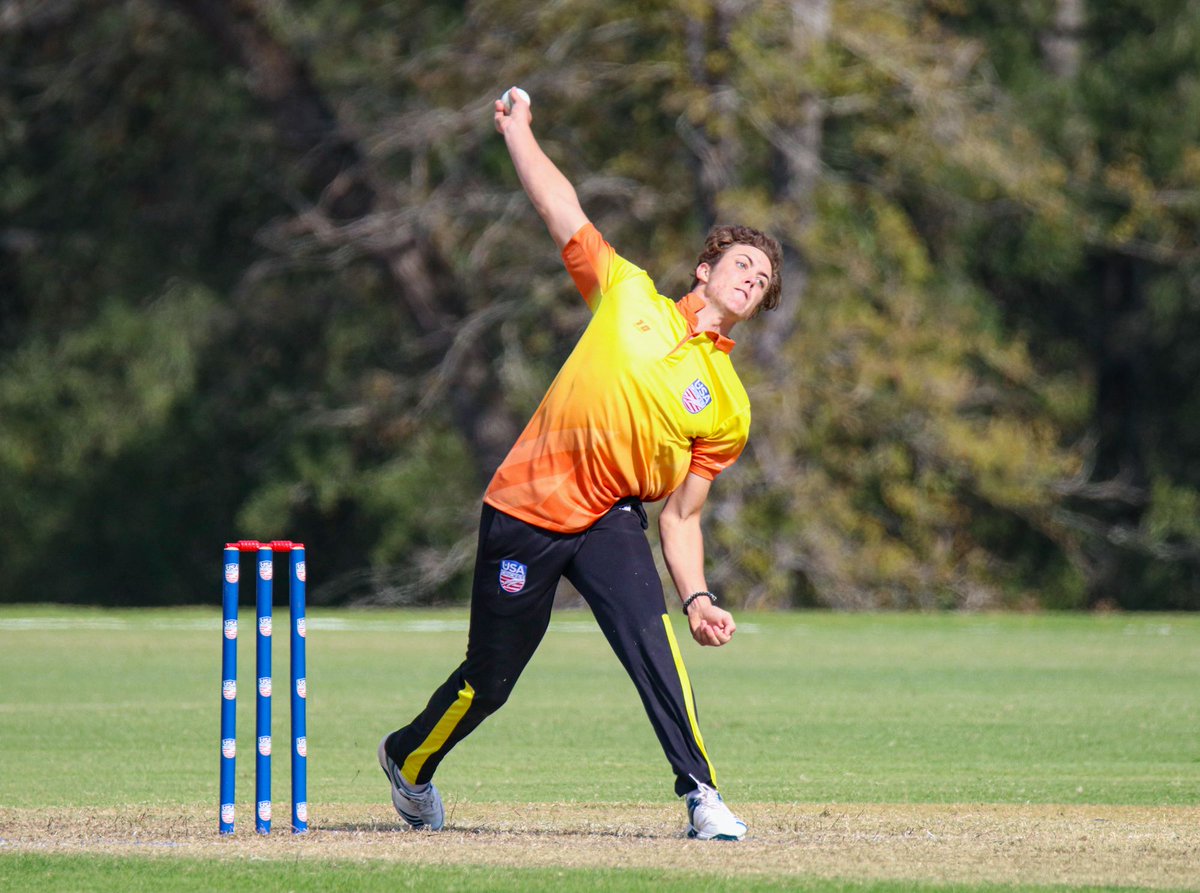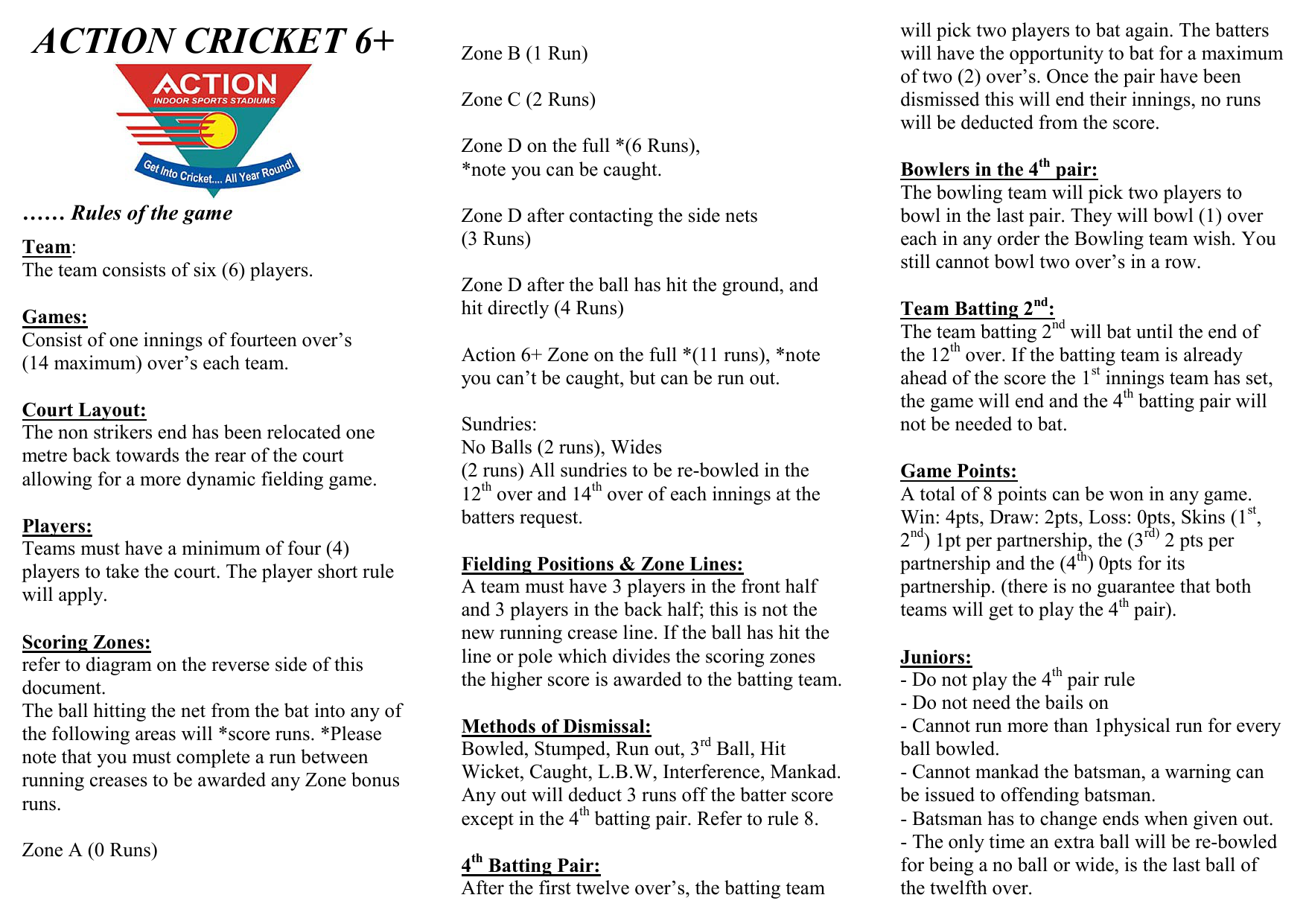

When the bail nestles within the groove of the stumps, it protrudes out around 2.94 inches or 7.5cm. According to the cricket laws, a bail's overall height in senior level cricket should be 4.31 inches or 10.95cm. But now, after the rule change, the height of the stumps will increase till the topmost tip of the bails.

Previously, the height of the stumps that was considered valid under DRS was till the bottom edge of the bails. The outer bullseye brings as 25 points and inner bullseye 50 points as usual.So what's the 'wicket zone' that ICC considers legitimate? The 'wicket zone' is the total area of the stumps, height and width combined. When one of the teams closes out a number or even a bullseye, with every next hit, that particular team is given the points corresponding to the number on the outer part of the dartboard. As for the bullseye the outer bullseye counts as one, while the inner bullseye counts as two. The double ring located on the outside of the board counts as two hits (marked with X), and the triple ring logically counts as three hits (marked with O). The single rings on the board count as a single hit and should, therefore, be marked with a single slash (/). There is another part of the Darts cricket scoring rules as well. READ NEXT: Best Dart Boards For Soft Tip Darts Moreover, if one team has closed out a number or maybe bullseye, it can be scored on until the opposing team does the same thing as well. The numbers, as well as the bullseye, are considered open until both teams have hit it exactly three times. All of the other numbers on the board don’t count in this game and should be considered as a miss. The scoreboard for this version of darts is set up with a 3 column layout, and with the dartboard numbers 15-20 and bullseye in the middle that by the darts cricket scoring rules need to be closed out. When it comes to darts cricket scoring rules.
:max_bytes(150000):strip_icc()/dartboardexplained-56a227583df78cf77272a461.jpg)
The only difference in rules between these two games is the fact that sometimes, the 301 version must be started and finished with a double scoring. So, when you’re close to reaching a zero, you must hit the exact amount of the points left on your scoreboard otherwise, you’ll get right where you were at the beginning of that turn. The thing with 301 dart scoring rules, as well as with 501 scoring rules is that for example if you need 32 points to reach zero, and you hit 16 and 17 which gives a total of 33 you won’t stay at -1 point, but you’ll be returned immediately to 32, where you began the turn. When it comes to the actual score, it is calculated and then deducted from the players total.īullseye is worth 50, the outer ring is on the other hand worth 25 and a dart landing in the double or triple ring counts double or triple the hit score, while the single area gives you what you hit. Each player starts with a score of 501 or 301 and takes turns to throw 3 darts. But what is the scoring catch? Let’s start. As we already mentioned, in these versions you either start with 301 or 501 and your main goal is to reach 0. When it comes to 301 or 501 darts scoring, things are pretty simple actually. Since we’ve covered some of the most general parts of darts scoring rules it is time for us to tell something more about the scoring rules regarding the most common darts games 301 and 501. READ NEXT: Best 10 Dart Boards With Cabinets Therefore, if you hit for example 14 in the triple ring zone, your score is actually 42, as, by the scoring dart rules, it gets tripled. The tripe ring basically offers the same story as the aforementioned double ring any darts landing in the inner ring score three times their normal value, usually shown as T. In other words, the scoring darts rules applied here are if your dart finishes in the double ring area, and the number you’ve hit is 18 your real score is actually 36, because every number of that segment gets doubled. When it comes to a double ring, the outer ring counts as double the normal score, usually written as D. Therefore, any dart that lands in the”non-ringed” area of the dartboard give you the number shown at the outside of the segment your dart has landed in a moment ago. A single area on a darts board is an area wherein simple words you score what you hit.

However, you might not be as familiar with them as you would like to so let us explain these terms more in detail. If you’re even a little familiar with the scoring in darts, you must have heard these expressions a million times. What is a single area, double or triple ring?


 0 kommentar(er)
0 kommentar(er)
